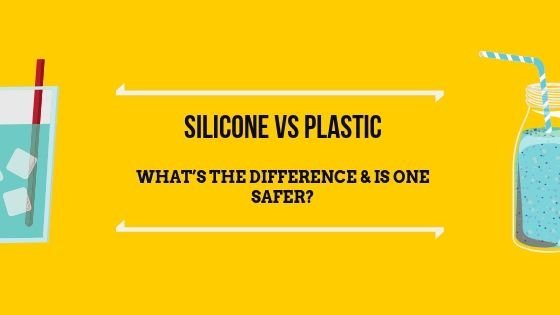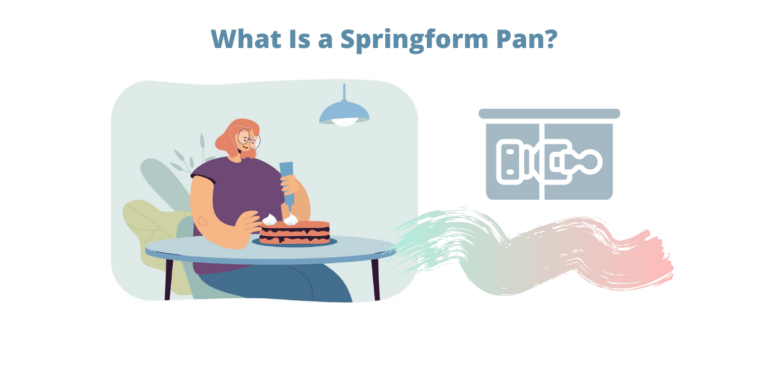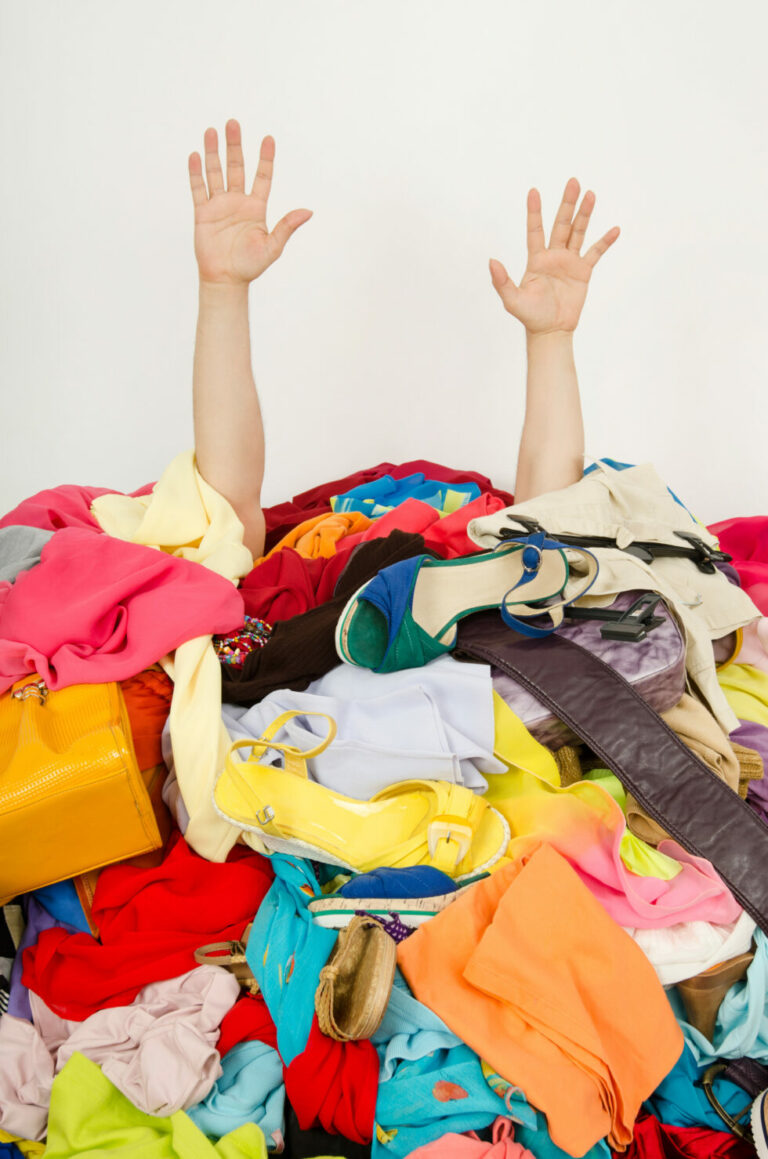What is silicone? Is it safer than plastic?
Is silicone the new plastic? Plastic is everywhere, but many alternatives seem to be more eco-friendly. Some of these plastics include wood and metal.
Silicone seems like a less harmful alternative because it’s non-toxic and hypoallergenic, which makes it safer than some types of plastic materials in our day-to-day life.
But what’s so bad about silicone anyway? Isn’t everything made out o silicon?
What is silicone?
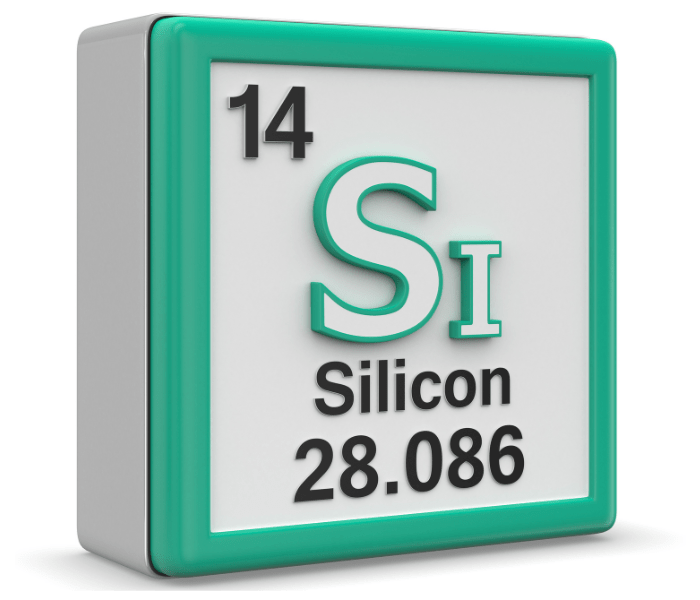
Silicone rubber is a synthetic polymer that has a wide range of properties. It is used in various industries, including construction, automotive, and medical. Some of its key benefits include its resilience, versatility, and non-toxicity.
What is it made of?
Silicone rubber combines synthetic and chemical elements, making it unique and durable. The key ingredient in silicone is silicon. Silicone is made by combining this element with oxygen, hydrogen, and carbon. This combination results in a material resistant to heat and cold and flexible and non-toxic.
Silicon vs silicone
What is silicon? Silicon is a natural element, while silicone is an artificial polymer. The two are chemically similar, but silicone is more durable.
Silicone is a synthetic polymer used to make medical devices and other consumer products. It’s also referred to as polysiloxane or by the chemical formula [(CH3)2SiO].
While silicone is an artificial product, it’s very similar to other polymers found in nature. The difference between silicone and plastic is in the way they are manufactured.
Silicone is more durable than plastic, but it’s not as flexible. It can’t be molded into different shapes. Silicone is also more expensive than plastic.
The main health risk with silicone comes from its use in breast implants, which have been linked to a higher risk for connective tissue disease and autoimmune disorders.
Is silicone toxic?
Silicone can be toxic if it is absorbed into the body. Silicone toxicity depends on several factors, including exposure time, chemical composition, dose levels, and absorption. Silicone is typically safe to use, according to studies. Silicone can be used safely in limited quantities.
Is silicone different from plastic?
Silicone is a synthetic material made of chemical and silicon elements. Silicone is different from traditional plastic because it has silicon in it.
What is silicon used for?
Silicone is a synthetic compound that is made up of silicon and oxygen. It is a versatile material that has many different applications. It is most commonly used as a sealant and finishing agent in the construction industry but has medical, cosmetic, and manufacturing uses.
Silicone is a polymer in which the main chain consists of silicon-carbon bonds and methylene bridges. This chemical structure imparts silicone with its water-repellent and heat-resistant properties, making it an essential ingredient or component in various products. Silicone can be found in cosmetics, food contact products, medical devices, and many other places where a watertight and heat-resistant barrier is necessary.
Uses of silicone in the kitchen

Silicone is a low-taint, non-toxic material that can be used in cookware. This means that it is safe to use for cooking and will not affect food taste. Silicone oven mitts can withstand high temperatures, making them useful for reaching boiling water.
Silicone products are designed to make food preparation easier. They can be used for various purposes, including silicone bakeware and kitchen utensils. Silicone is flexible and can be used to create products that are difficult or impossible to make with other materials. For example, a silicone brush is used for basting and applying flavoring liquids.
Uses of silicone in the bathroom
Silicone is a versatile material used for various purposes in the bathroom. It is water-resistant and durable, making it ideal for use in showers, baths, and around sinks. Silicone can be used to seal gaps and cracks, preventing water from leaking through. It can also be used to create waterproof seals around drains and pipes. In addition, silicone can make shower curtains, bath mats, and other bathroom accessories.
Uses of silicone in the laundry room
Dry cleaning is a process that uses chemicals instead of water to clean clothes. While dry cleaning is generally considered more gentle on fabrics than traditional wet washing, the chemicals used can be harsh on the environment. Silicone-based solvents are a more environmentally friendly alternative to traditional dry cleaning solvents and can be just as effective at cleaning clothes.
To use silicone in the laundry room, add a few drops of silicone to your dry cleaning solvent and follow the instructions on the label. You may find that you need to use slightly more silicone than you would traditional solvent, but this will vary depending on the type of fabric you are cleaning. If unsure, always test a small hidden area of the garment first before treating the entire piece.
Uses of silicone around the house
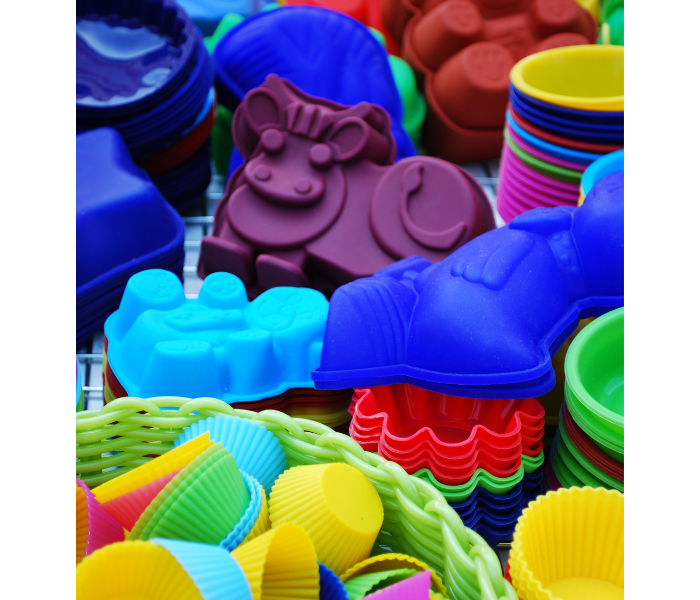
Silicone is a key ingredient in construction and renovation and can be found in glass-walled skyscrapers and energy-efficient architecture. Silicone sealants and caulks reduce energy usage, protect against moisture, and prevent damage from bacteria build-up.
As consumers become warier of the chemicals they’re putting into their bodies, more and more research is coming out about the potential health risks of plastic and plastic alternatives.
Silicones have become enormously popular recently and are constantly marketed as safe replacements for traditional plastics. We see them everywhere-baby bottle nipples, kitchen utensils, toys, mugs, cake forms, and seals on bottles and containers. They’re even proudly used in baking sheets and muffin trays that will be subjected to high temperatures for the oven and ice cube moulds destined for the freezer.
You’ll also find silicones used in cosmetics and various personal care products to make them soft and smooth. In more industrial contexts, they are commonly used for insulation, sealants, adhesives, lubricants, gaskets, filters, medical applications (e.g., tubing), and casing for the electrical component.
Why choose silicone instead of plastic?
Silicone is a flexible and durable material with an elastic quality impervious to high temperatures. It is the most suitable choice for applications such as kitchenware, oven mitts, and other cooking aids. Silicone is also a highly recyclable and environmentally friendly material.
Silicone is indisputably safer for human health than plastic
Plastic is a petroleum-based material commonly containing estrogen-mimicking chemicals like bisphenol-A (BPA). Furthermore, when it comes to the environment, silicone is highly durable and more environmentally friendly than plastic.
Silicone is much longer lasting than plastic
It can also withstand extreme temperature fluctuations – from very cold to oven hot – without melting, cracking, or degrading. Reusable plastic containers may last a year or a few years if they are hand-washed, but they get scratched, foggy, broken, and need to be retired much sooner than similar items made from silicone.
Silicone resists oxidative deterioration (normal ageing) for decades on end
Studies have shown that silicones thrive on challenges, including exposure to extreme heat and cold, harsh chemicals, sterilization, rain, snow, salt spray, ultraviolet radiation, ozone, and acid rain, to name a few. If disposed of at a landfill for incineration, the silicone (unlike plastic) is converted back into inorganic, harmless ingredients: amorphous silica, carbon dioxide, and water vapour.
Is silicone plastic?
Silicones are something of a hybrid between synthetic rubbers and synthetic plastic polymers. They can take different forms and be used to make malleable rubber-like items, hard plastic-like resins, and thick spreadable fluids.
We treat silicones as plastics like any other, given that they have plastic-like properties: flexibility, malleability, clarity, temperature, and water resistance. Like plastic, they can be shaped, formed, softened, or hardened into practically anything. Since they’re easy to clean, nonstick, and nonstaining, they’re also popular for cookware and kitchen utensils.
Many experts and authorities consider silicones to be non-toxic for contact with food and drink. For example, Health Canada states: “There are no known health hazards associated with silicone cookware. Silicone rubber does not react with food or beverages or produce hazardous fumes.”
Consumer advocate and toxin-free living expert Debra Lynn Dadd takes a cautious view toward silicones. She continues to assess new research but is unwilling to give up her silicone cookware just yet, as she considers it safer than nonstick alternatives with perfluorinated chemical coatings.
Reasons to ditch plastic cooking utensils
They won’t last long
Those black nylon plastic cooking utensils chip and shred with use. That damage from everyday use allows toxins to enter your food. Remember, they’re heat resistant to 400 degrees, not heatproof. They will melt with extended contact with a hot pan.
“BPA-Free” is a BS label
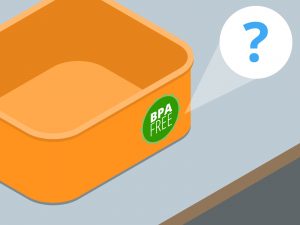
BPA-free does not mean safe. Most of the time, when companies are touting “BPA-Free,” they have just replaced BPA with a similar chemical. Bisphenol-A (BPA) has been replaced by bisphenol-S (BPS), which independent scientists warn is just as bad or perhaps worse than BPA. The reason is BPS isn’t that much different from BPA. It’s a sister chemical, part of the same family of bisphenols, and all are rotten. We refer to the bisphenol family of chemicals as the “bitchy bisphenols” because they are all rotten. BPS disrupts cell function similarly to BPA, leading to obesity, hormone disruption, and even cancer. That means that plastic cooking utensils labeled “BPA-free” are not necessarily safe.
Several organizations have asked the FDA to remove phthalates from anything touching food
Several organizations, including the Breast Cancer Fund, The Center for Food Safety, and The Center For Environmental Safety, are pressuring the FDA to rule against phthalate use in products. For example, plastics contact food, including food storage and plastic cooking utensils. Right now, only certain phthalates are banned in children’s products used by ages 12 and under. Phthalates are linked to asthma, developmental disabilities, obesity, cancer, and more.
They contain traces of flame retardants and heavy metals
Plastic cooking utensils, especially ones made of black, are made with recycled computer parts that have been treated with flame retardants. Companies are (possibly unknowingly) risking your health to reuse plastic. It’s a noble yet foolish issue when you consider what is leaching out of the plastic when you are heating it with use. Earlier this year, researchers discovered something very sinister coming out of plastics. After testing 129 black plastic items used in contact with food & beverage, they found the presence of brominated flame retardants, chlorine, PVC, cadmium, chromium, mercury, lead, and antimony. These substances are unsafe for human consumption, even at small levels. Other things tested included plastic cooking utensils and coffee mugs. These chemicals have been found in blood and breast milk samples. Presently the EPA has labeled one of these chemicals, decaBDE, as a possible human carcinogen.
They pollute the environment
8 MILLION tons of plastic end up in the oceans, and the number is growing. This trash is accumulating in vortexes in ocean currents and has created large garbage patches. Lamentably, few companies recycle plastic cooking utensils, so those utensils are feeding the plastic pollution problem.
Their production poisons us
One of the main chemicals formed in the manufacturing of household plastics is benzene. Benzene contains a mix of chemicals, including dangerous phthalates. Benzene is also a known carcinogen. Unfortunately, rates of non-Hodkin lymphoma are higher around factories that release benzene.
Spend a little more to get a LOT more
Plastic cooking utensils tend to be cheaper but also damage more easily. Why not pay a little more for a safer option – silicone, stainless steel, or wood – which has longer life? You may also save some money on your health.
Other utensils are safe to use
Other utensils are just as safe when cooking meat. Wooden spoons are safe to use – even with chicken! Just wash them well afterward. You can season them; if properly cleaned and air-dried, they will last years. For instance, bamboo is a renewable resource and makes a great utensil.
They can be hard to clean
Plastic cooking utensils can be hard to clean, especially if the plastic on end has broken down with wear and heat. Scrubbing can also cause more wear on a spatula with a worn end. As a result, rough edges and handles with mixed components can be a bacteria risk.
Manufacturers cover up their dangerous chemical pollution history
Companies that make plastics pollute the environment, including water sources for cities and agriculture. Many chemicals are dumped into the environment, most notably PFOA, making their way into our bodies. Unfortunately, these PFC chemicals persist in the environment without signs of breaking down. Meanwhile, companies strategize against worker claims and have hidden decades of research showing that low-dose exposure is dangerous.
What about BPA-free plastic?
The long and short of it was clear: plastics are petroleum-based products, and manufacturers add chemicals (like BPA and similar) to create various functionalities. For squeezy plastics, phthalates are often added. Rigid plastics typically contain BPA. The plastics manufacturers aren’t forthcoming about what chemicals they add, and it’s hard to test for chemicals unless you know which chemical or mineral you are looking for.
Testing plastics is a cat-and-mouse game. For example, now that consumers are demanding BPA-free plastics, and some regulations are in place requiring plastics to be BPA-free in the USA, Canada, and Europe, there’s a wave of BPA-free labeling going on. In place of BPA, however, manufacturers have sought alternate chemicals to achieve the functionality they need in their plastic materials. One of these chemicals, which scientists are finding is even more toxic than BPA, is called bisphenol-S (BPS).
- Proper Care for Your Kitchenware: How to Maintain Your Nonstick Pan - January 30, 2022
- Everything You Need to Know About Doing Your Dorm Laundry: Laundry bag or hamper? Which dorm laundry basket should you go for? - December 20, 2021
- Home Office Storage Cabinet: A complete guide to help you find the best one for your specific needs - July 12, 2021

